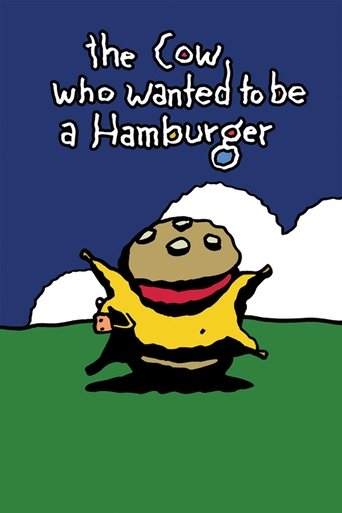
12 Mar 2010

The Cow Who Wanted To Be a Hamburger
A children's fable about the power of advertising, the meaning of life and ultimately the test of a mother's love. Preserved by the Academy Film Archive in 2016.
Based on the classic European fairytale. A young girl is pursued and tricked by a big bad wolf who wants to eat her. Animated by Ray Harryhausen.

12 Mar 2010

A children's fable about the power of advertising, the meaning of life and ultimately the test of a mother's love. Preserved by the Academy Film Archive in 2016.
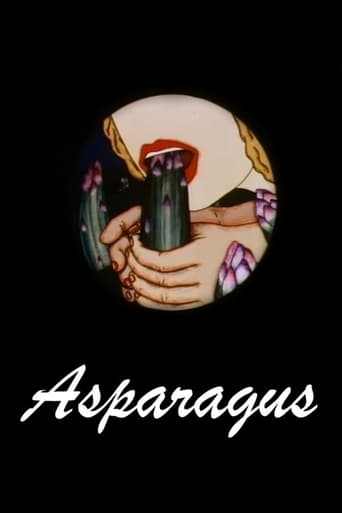
17 Mar 1979

A symbolic reflection on issues of female sexuality, art and identity constructs.
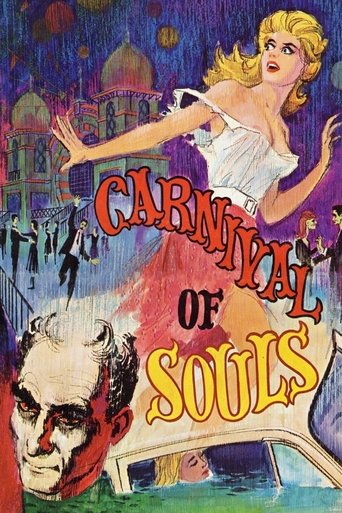
02 Nov 1962

Mary Henry ends up the sole survivor of a fatal car accident through mysterious circumstances. Trying to put the incident behind her, she moves to Utah and takes a job as a church organist. But her fresh start is interrupted by visions of a fiendish man. As the visions begin to occur more frequently, Mary finds herself drawn to the deserted carnival on the outskirts of town. The strangely alluring carnival may hold the secret to her tragic past.
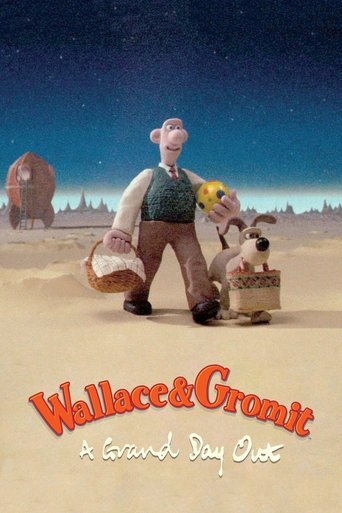
18 May 1990

Wallace and Gromit have run out of cheese, and this provides an excellent excuse for the duo to take their holiday to the moon, where, as everyone knows, there is ample cheese. Preserved by the Academy Film Archive.
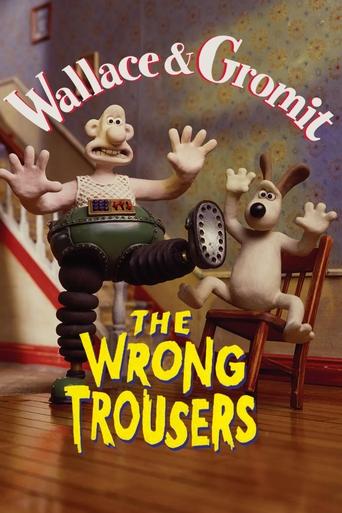
17 Dec 1993

Wallace rents out Gromit's former bedroom to a penguin, who takes up an interest in the techno pants created by Wallace. However, Gromit later learns that the penguin is a wanted criminal. Preserved by the Academy Film Archive.
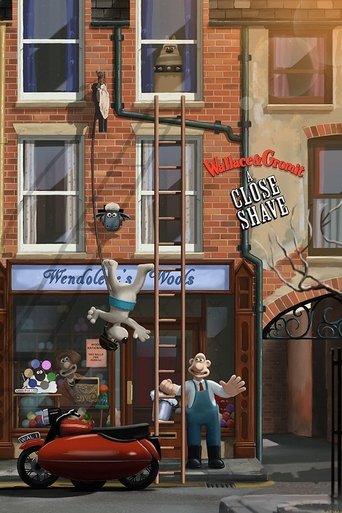
07 Mar 1996

Wallace's whirlwind romance with the proprietor of the local wool shop puts his head in a spin, and Gromit is framed for sheep-rustling in a fiendish criminal plot.
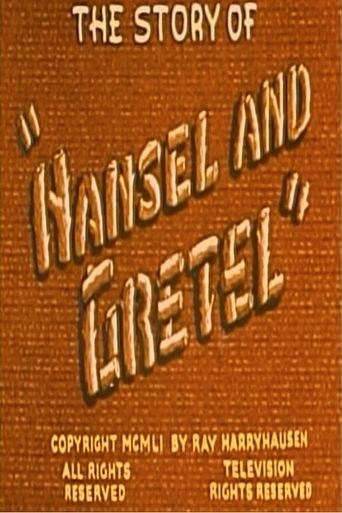
05 Feb 1951

Stop-motion puppetry version of the classic fairy tale. Preserved by the Academy Film Archive in 2004.
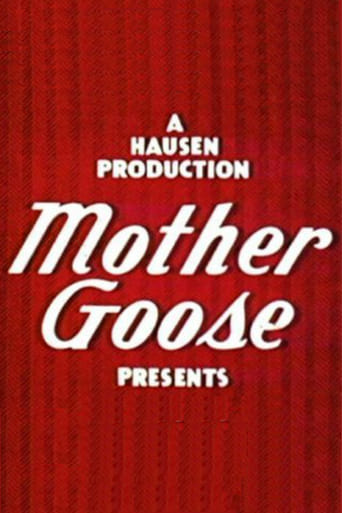
03 Feb 1946

A compilation of four Mother Goose stories "photographed in three-dimensional animation" and unified by a prologue and an epilogue with Mother Goose herself magically setting up a projector to show the films. The familiar nursery rhymes are "Little Miss Muffet," "Old Mother Hubbard," "The Queen of Hearts," and "Humpty Dumpty." Preserved by the Academy Film Archive in 2004.
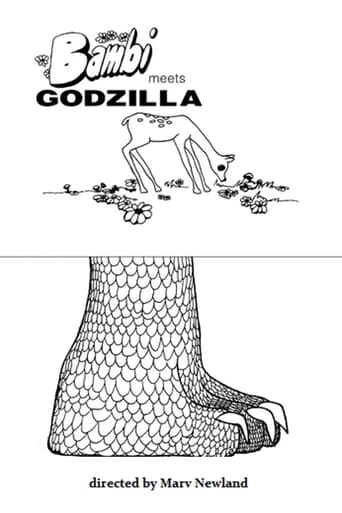
10 Jul 1969

Bambi is nibbling the grass, unaware of the upcoming encounter with Godzilla. Who will win when they finally meet? Preserved by the Academy Film Archive in 2009.
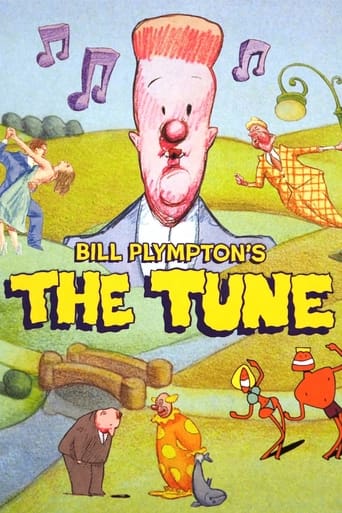
04 Sep 1992

Del is a song writer for the obnoxious Mr. Mega, and in love with Didi, Mega's secretary. His quest to write a hit tune brings him to the wacky world of Flooby Nooby, where he just might learn to write songs from the heart. Preserved by the Academy Film Archive in 2016.
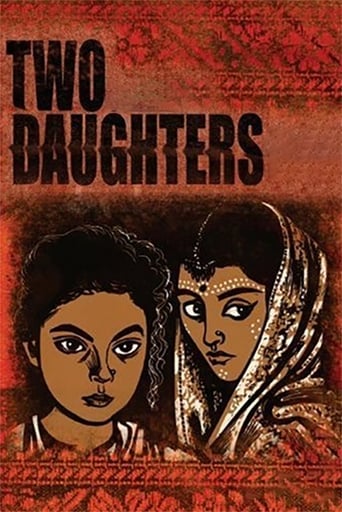
05 May 1961

Three stories with three central female characters linking the stories together. The first one concerns an orphan girl who grows attached to the postmaster she is caring for after he teaches her to read and write. The second one is a supernatural tale about a woman obsessed with the jewels her husband buys for her. The final one follows a young man who falls for an unconventional girl from his new village instead of his arranged bride, the daughter of a respectable family.
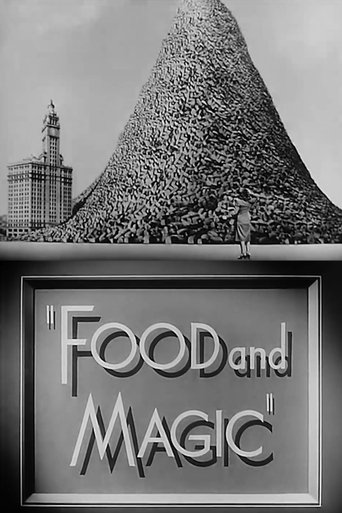
18 Nov 1943

A sideshow barker uses magic and visual aids to alert the public that proper food management is both a resource and a weapon that could be to America's advantage if conserved properly in winning the then current World War. Preserved by the Academy Film Archive, Academy War Film Collection, in 2008.
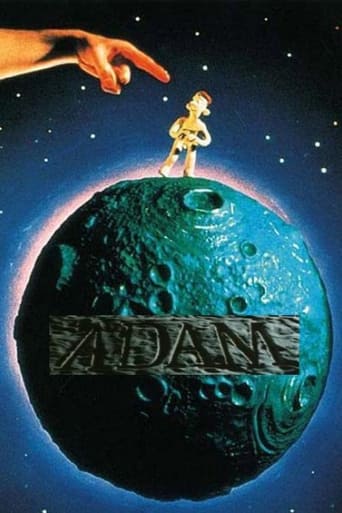
05 Oct 1992

The hand of God fashions Adam out of the clay of Earth and places him on a small and empty planet. Each of Adam's actions - at first he can't stand up, then he barks like a dog, then he sleeps - requires God's intervention. After Adam discovers how small the planet is, how little there is to do, and God's unwillingness to let him leave the Earth, he is depressed, lonely and disconsolate. So God asks Adam's patience for a few minutes while He fashions a companion for Adam. Adam is delighted: he dons a bow tie, uses mouthwash, and finds a bouquet of flowers. Is God thinking what Adam is thinking? Preserved by the Academy Film Archive.
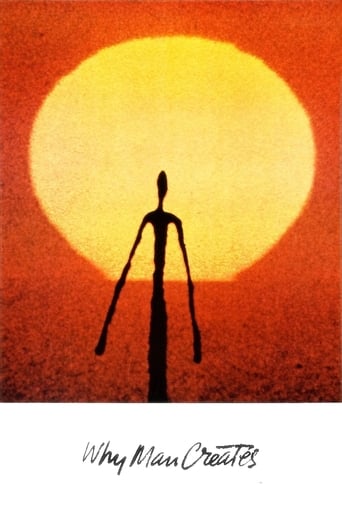
24 Sep 1968

A 1968 animation/documentary that criticises the industrial system. Preserved by the Academy Film Archive.
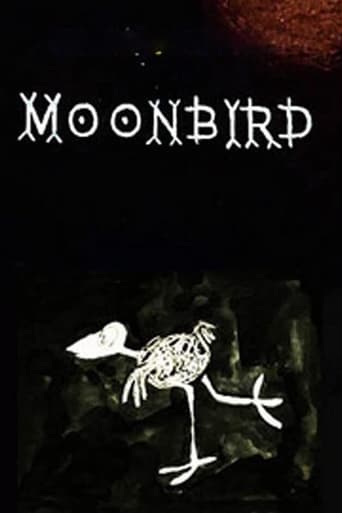
29 Jan 1959

Two boys go outside at night to capture a bird. Preserved by the Academy Film Archive in 2003.
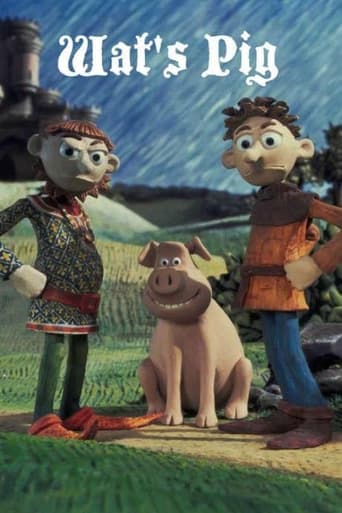
10 Apr 1996

In a Medieval castle, a marauder tries to kidnap the twin infant sons of the lord. He makes off with only one, whom he drops about a mile away. A pig rescues this baby, so one brother grows up high on the hog, the other down with the swine; one is lazy, his lost brother is industrious. Years later, when a neighboring prince declares war, the brother in the castle is too soft to fight. Through happenstance, the twins are united just before the final battle. Will the upper-class brother let his humble sibling lead the troops to certain defeat and death? Preserved by the Academy Film Archive.
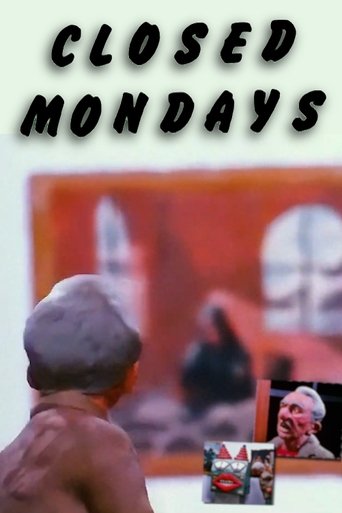
01 Oct 1974

An intoxicated man trespasses into an art gallery after hours.

14 Oct 2004

Why do dogs bark at such innocent creatures as pigeons and squirrels... what are they afraid of? This film answers that eternal question. Preserved by the Academy Film Archive.
01 Jan 1984
The bizarre adventures of the cartoon character Foska, drawn by 22 animators working in collaboration. Each animator worked on his or her own sequence only and did not know what action preceded or followed his or her sequence, except that the first drawing of a sequence is the last drawing from the previous sequence. Preserved by the Academy Film Archive in 2010.
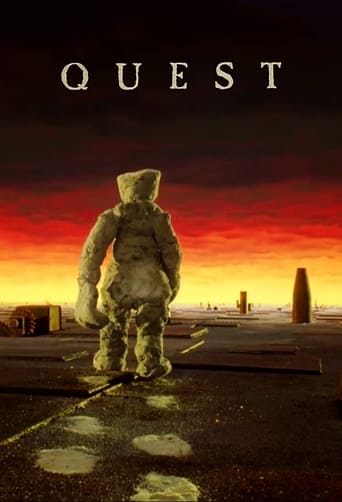
01 Jun 1997

A being made of sand wakes up in the desert. It finds a bottle near him, but it's empty. The noise of dropping water can be heard not far away. Preserved by the Academy Film Archive in 2010.